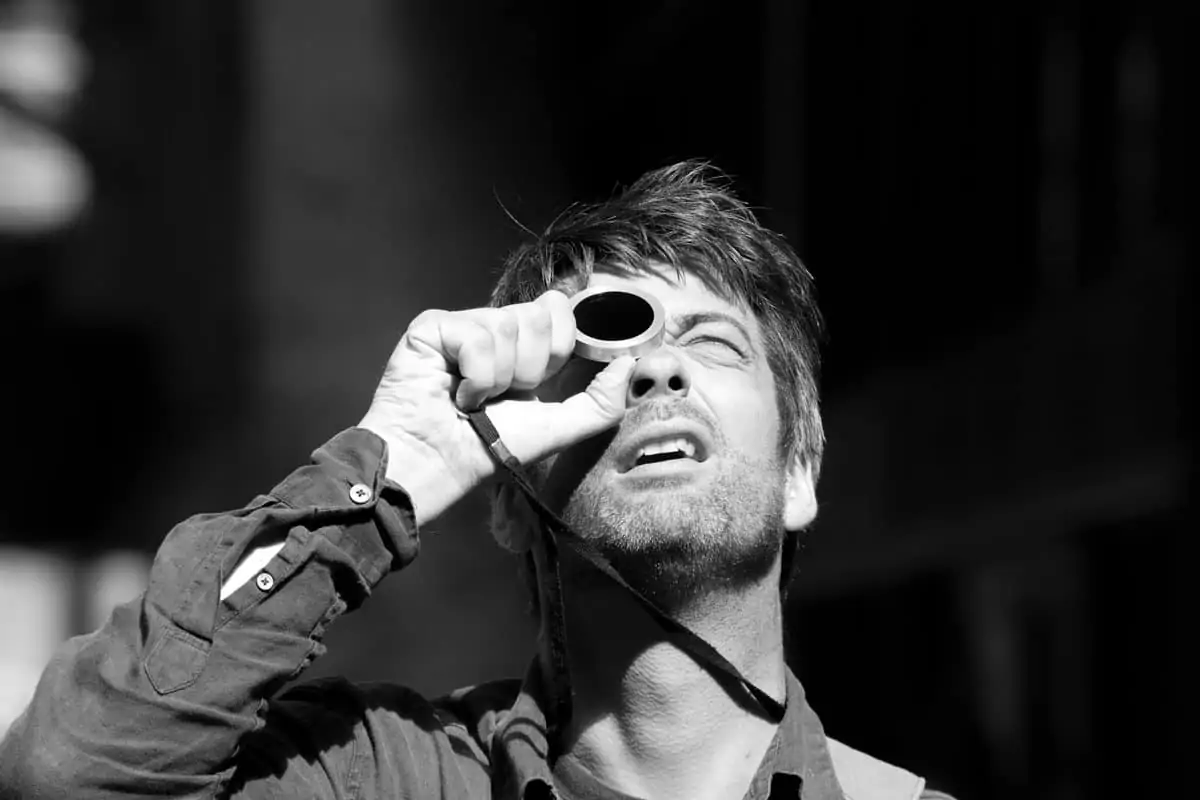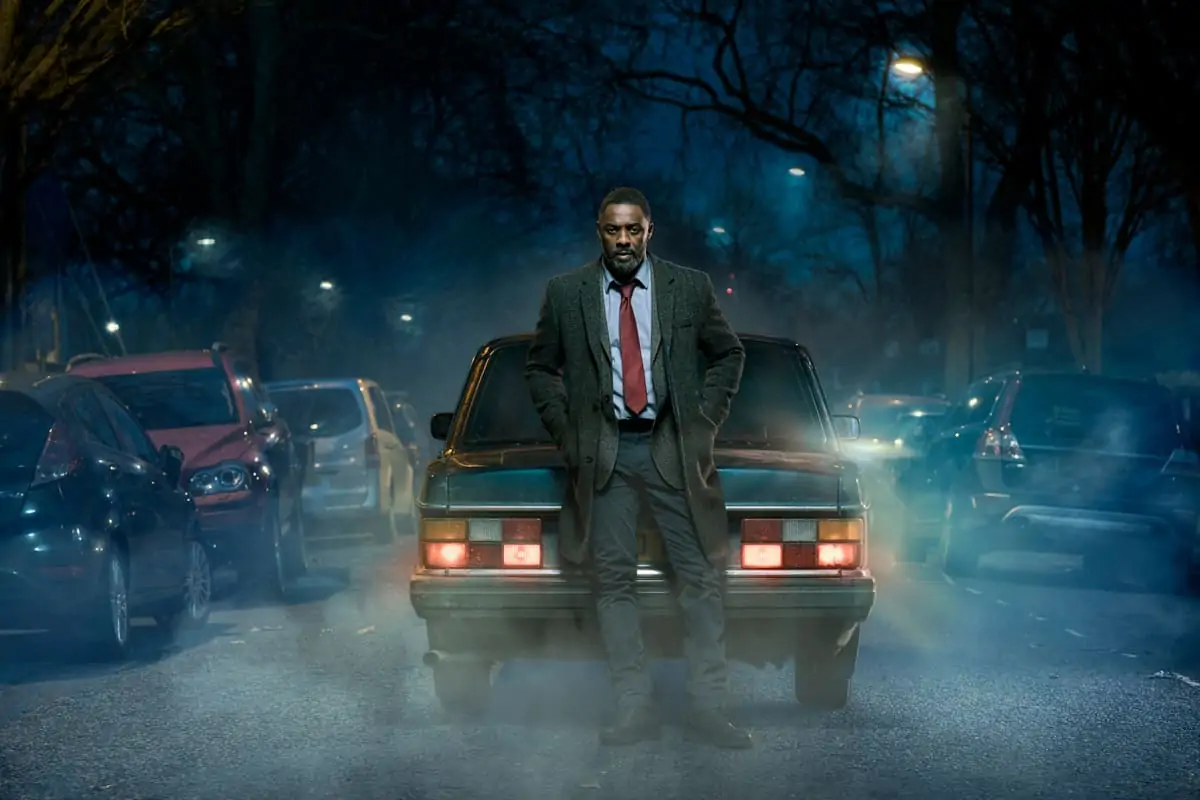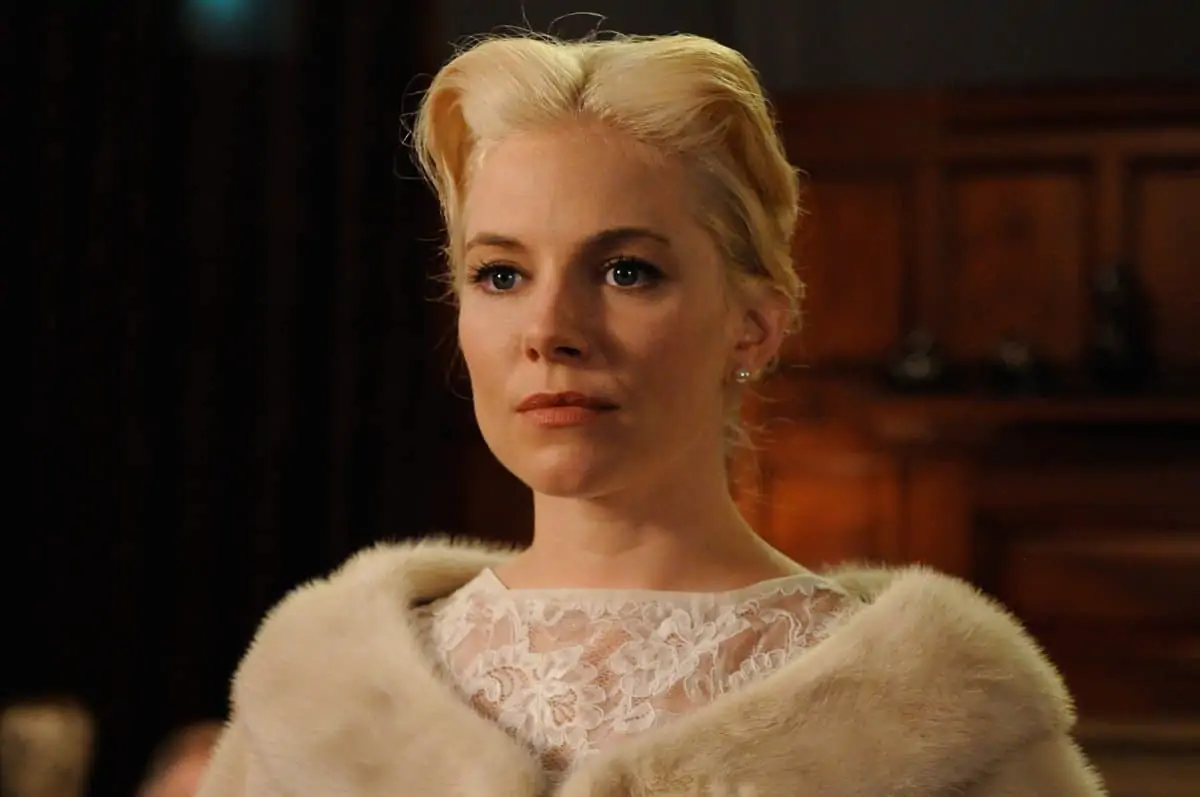Night Vision
John Pardue / Stan Lee's Lucky Man
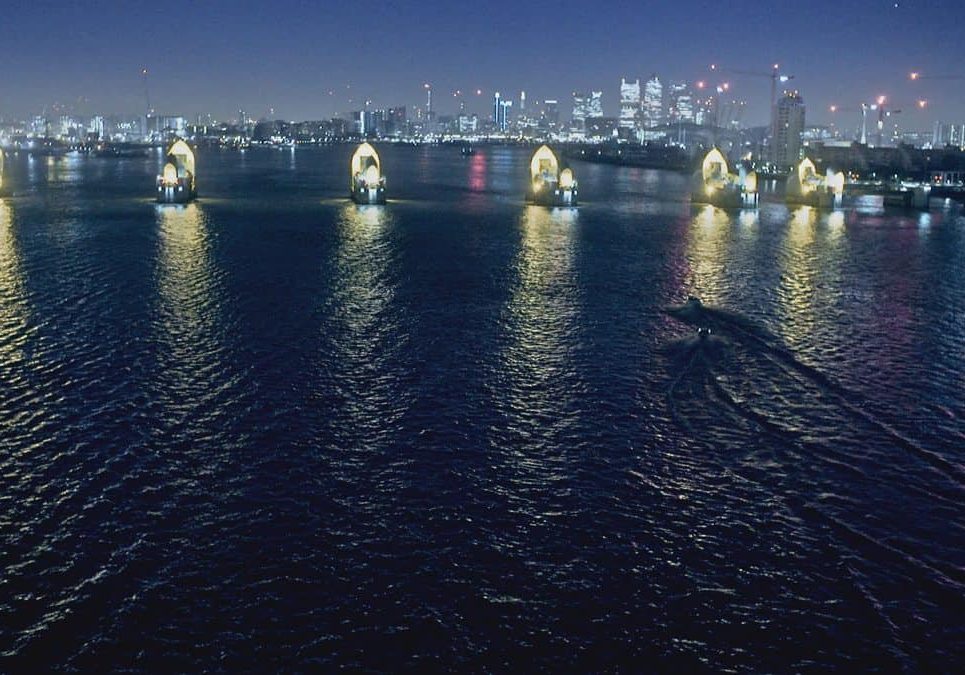
Night Vision
John Pardue / Stan Lee's Lucky Man
Cinematographer John Pardue wrote in with details of how he used the new Sony A7s camera to capture an exciting nighttime action sequence as part of his work on the first two episodes of Stan Lee’s Lucky Man for Sky One.
Director Andy De Emmony and myself were tasked with creating a strong, visually striking “look” for the new crime thriller series. Lucky Man is the story of DI Harry Clayton (James Nesbitt) who is given a bracelet by a mysterious woman (Sienna Guillory) that allows him to control luck. This gift comes at a price, but Harry seizes the opportunity to pay off a huge gambling debt to an underworld crime boss.
The chance to do large-scale action on British TV appealed enormously to Andy, and one of the biggest challenges was a nighttime boat chase along The Thames. Unlike 007 James Bond SPECTRE, we didn’t have a huge budget to light up the river; plus we only had four nights and one tank day to shoot the whole sequence.
The sequence went like this: our hero, Harry (the Lucky Man) jumps into a speedboat to chase an armed assailant. After a one-sided dog-fight along The Thames, he finally corners his quarry in a tributary. However, the other boat charges forcing Harry to take evasive action. Harry's boat hits a jetty and launches skywards. Luckily, Harry is thrown free from the boat, although his colleague is dragged down to the river bottom.
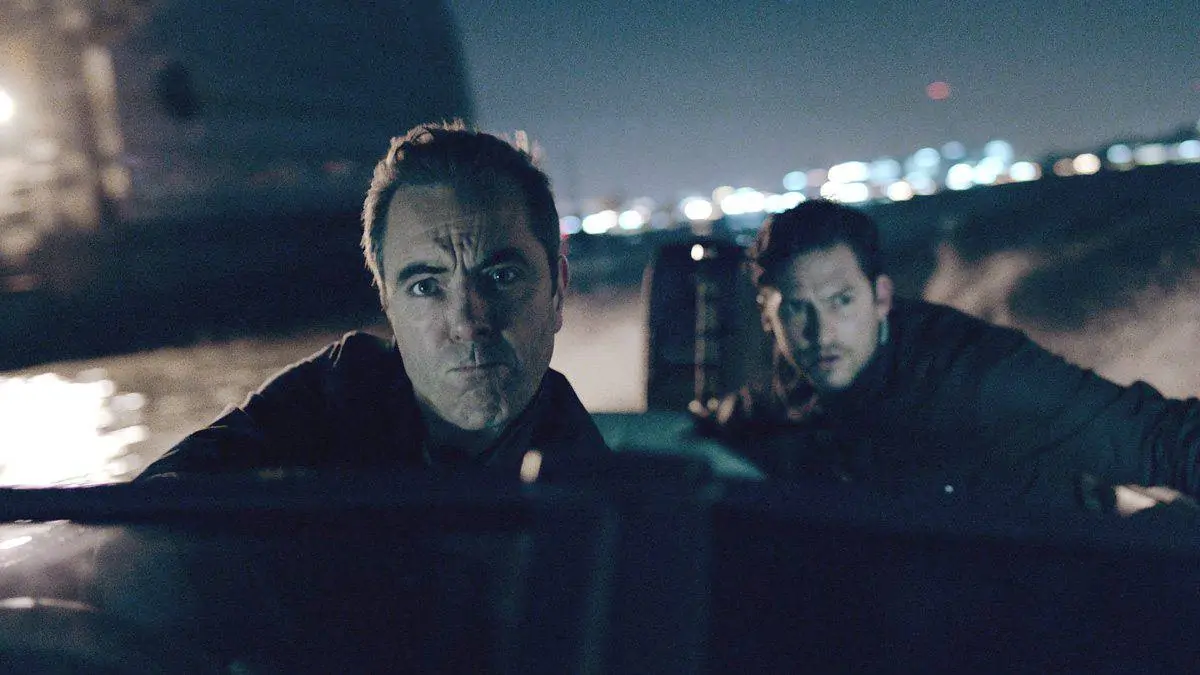
Shooting this sequence at night on a very tight budget was going to be a challenge. There is good ambient night-light west of Tower Bridge, but we only had a permit to shoot on the east, which is much darker. Andy remembered seeing a test of the Sony A7s shooting in natural moonlight and suggested we try it.
The sensor is incredibly fast, shooting up to 500,000 ISO, and in the end the A7s gave us shots that I thought were impossible to achieve. We photographed, with relatively noise-free detail, shots at night that appear to the eye completely black. It is hard to imagine how fantastic this looks until you see it.
We also used the Sony A7S camera test on The Thames as a starting point for establishing the overall look of the show, which was mostly shot using the Alexa XT. The colour space of the Sony A7s is interesting, with some colours coming out stronger than others. At times it seems like the missing colour hues give it a strange reversal film-stock feel. The slightly skewed colours moved the look of the show into something a little tougher. Some of the night blues emanating from fluorescents have a cyan quality, and the warm streetlights have a tobacco colour as opposed to the normal heavy orange.
We built on this colour range and tried to carry it through with the Alexa material where we could. The “look” of Lucky Man’s London ended up on the cool side as the Sony night tests looked more interesting with a cooler colour temperature. Other environments, such as the Casino and Chinatown interiors, we aimed to look more like Wong Kar Wai’s In The Mood For Love. All this blended together creating a great look for the show. The final grade was completed by Sonny Sheridan at the Farm, and much of the look created in these early tests were carried over by him as a starting point for the final finished product. An overall ‘style LUT’ was created by Mission Digital’s DIT, Tom Rogers. We used this for visual continuity on-set
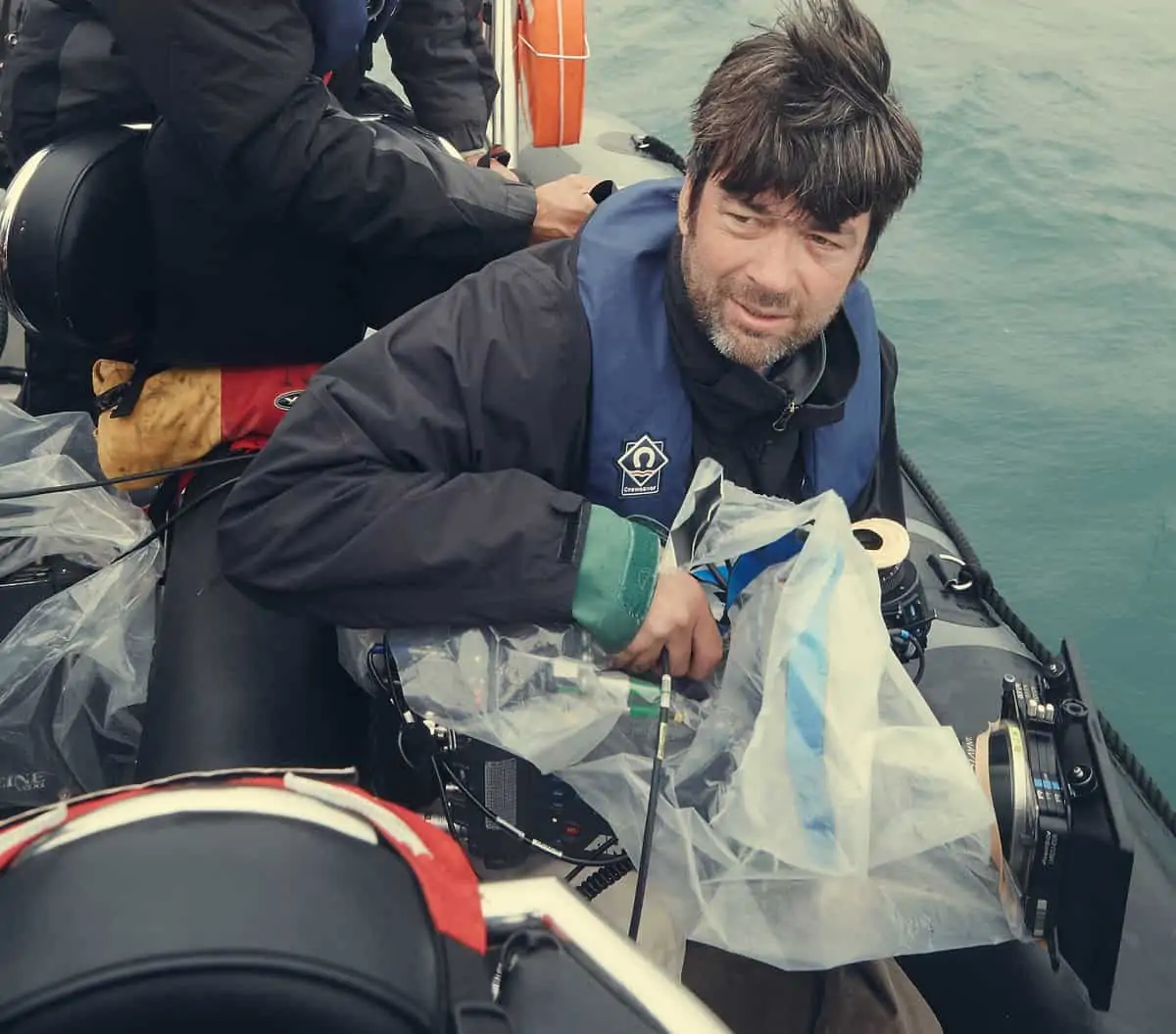
"We photographed, with relatively noise-free detail, shots at night that appear to the eye completely black. It is hard to imagine how fantastic this looks until you see it."
- John Pardue
We tested the Sony A7S alongside the Alexa. As the bulk of the show was shot on the latter, we had to try and work out a good ISO for the Sony A7s boat sequence material. We then took the test down to colourist Asa Shoul at Molinare and see if we could find enough common ground between the cameras so it felt like a single style. Marine coordinator Chris Livett took us to dark areas around Deptford Creek where much of the chase was to take place. It was here that we did most of the comparisons between the Alexa and Sony A7s. We compared the Sony and the Alexa at 3200 ISO on both cameras (the maximum ISO for the Alexa). Even at that rating, the Sony sees more in the dark with less noise. We would eventually shoot all The Thames chase footage with the Sony at a staggering 32,000 ISO and only use the Alexa and Amira as back-up cameras. Exposing for the Sony A7s was a case of over-exposing a couple of stops to get rid of all the noise at the high ISOs: using the internal light meter along with trial and error seemed the best way to do it.
Our tests on The Thames also involved trying out ways of fixing the camera to the front of the boat for the shots looking back at James Nesbitt when in hot pursuit of the assailant’s boat. Grip Luke Stone and operator Roger Tooley worked on various stabilised rigs, but in the end it was a case of a simple car rig. We were worried that the Sony would not be robust enough to take the hits of a full speed chase along the Thames.
We also tested ways of lighting the actors so they would standout a bit on the boats. We lit the actors’ faces with gaffer Gary Chaisty’s smallest LEDs from his NesLed kit. The lights were dimmed so low they appeared to be turned off – but at 32,000 ISO we enter a world of exposure that is completely off the scale.
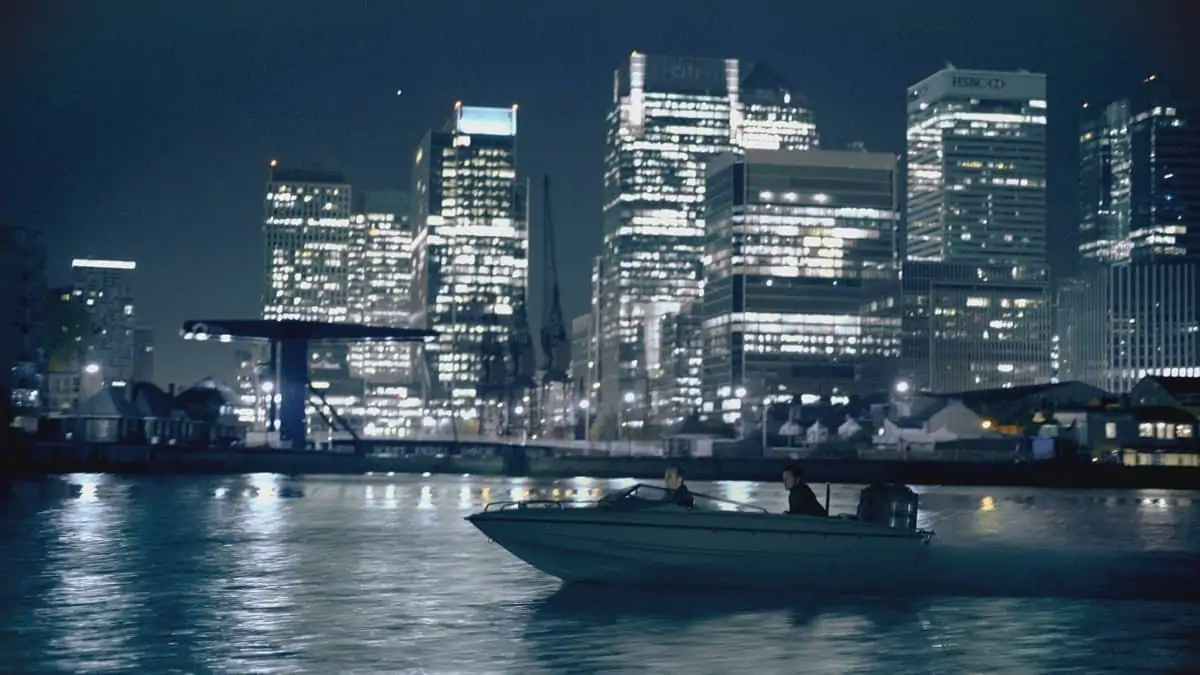
We used an Atmos Shogun 4K recorder bolted onto the top of the Sony, which was essential in getting the Sony to match the quality of the Alexa, even if the addition of the Shogun made the Sony system a little cumbersome. HDMI cable length was an issue and the Shogun was unhappy with long HDMI cables, and so it had to be mounted on or next to the Sony camera. The screen is 1920 x 1200 to allow for onscreen information and touch control. It has 4K HDMI and 12G-SDI inputs and can record UHD 4K (3840 x 2160) at 23.98, 24, 25, 29.97, and 30p, as well as gull HD (1920 x 1080) up to 120 fps. (It is worth mentioning that Sony has since brought out the Sony A7sII which records 4K internally: amazing for such a small camera.)
The A7s package was initially supplied by Shoot Blue who were very helpful when we did the tests. The Alexa package for the shoot came from Take 2 and they decided to buy a couple of Sony A7s cameras for the job and add these to the package for the whole shoot.
ACs Peter ‘Skip’ Howard GBCT and Gabriel Hyman GBCT spent quite a while building the camera into a workable package. Unsurprisingly it was clear that PL lenses don't all cover the A7s’s sensor, which is larger than S35, but for ease of use an Optimo 15-40 gave us flexibility of framing on the boat.
Using the whole rig on a bonnet mount on the choppy water of The Thames did subject the whole lot to a physical workout and the battery was prone to falling out if not secured. To its credit, Sony has well and truly moved away from the menus of old and information is clear, although spread about. It is all too easy to bump the sensitive manual settings dials so we learned to keep a constant watch over camera settings.
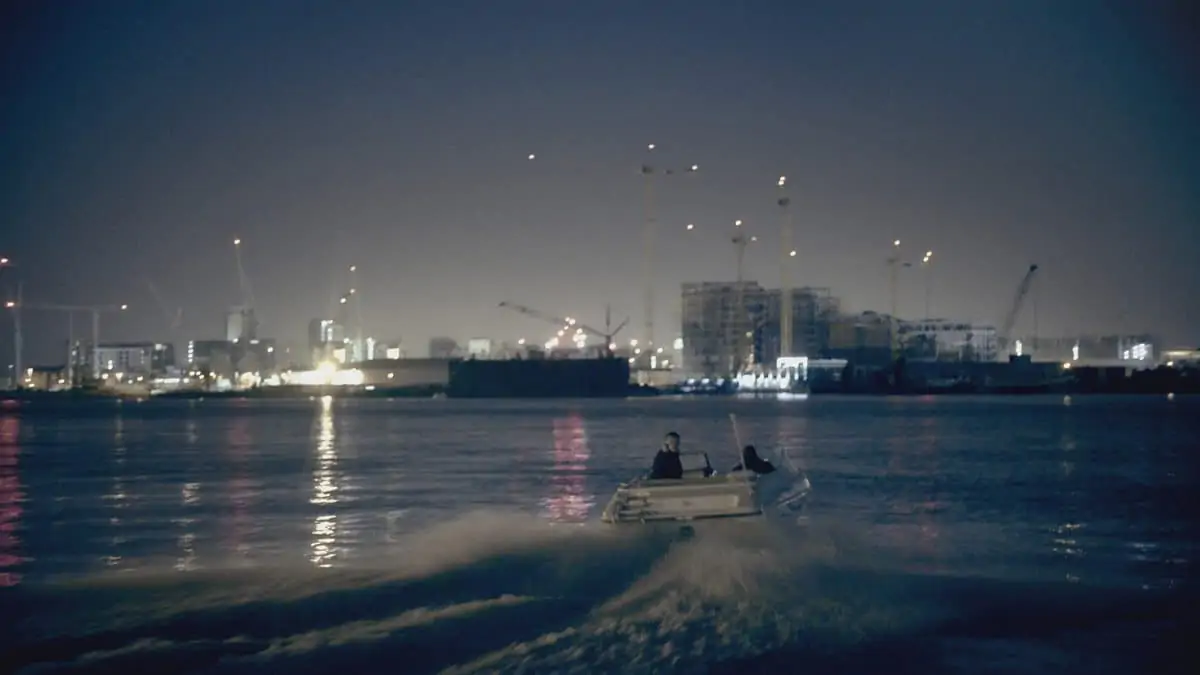
The Sony A7s is a good example of how technology designed for non-professional use has moved ahead of that of professional in terms of performance, and there were resulting drawbacks. The camera is a DSLR and is clearly a stills camera at heart as the settings for video are integrated within the larger scope of the stills shooting menus. Shooting a flat response curve required knowledge of Picture Profile (PP7) to use Sony’s S-Log2 curve.
When we came to the actual shoot, we doubled up the whole Thames shoot with the Sony and the Alexa as a belt and braces exercise. The Alexa was set at its maximum 3200 ISO and considerable noise reduction was used later in any shots that we used. The Sony’s clean capture at the higher rating of 32,000 ISO displayed the magic of The Thames at night like no one had seen it before. Roger Tooley shot everything on the Sony A7s as an A-camera and everything was covered lens for lens on the Alexa as a back up B-camera. We had a whole section of the river to mess about in, and for me, standing on the front of a rib boat with an Alexa on the shoulder going flat out at 35 knots chasing a boat firing blanks at us in the middle of The Thames at night was a lot of fun.
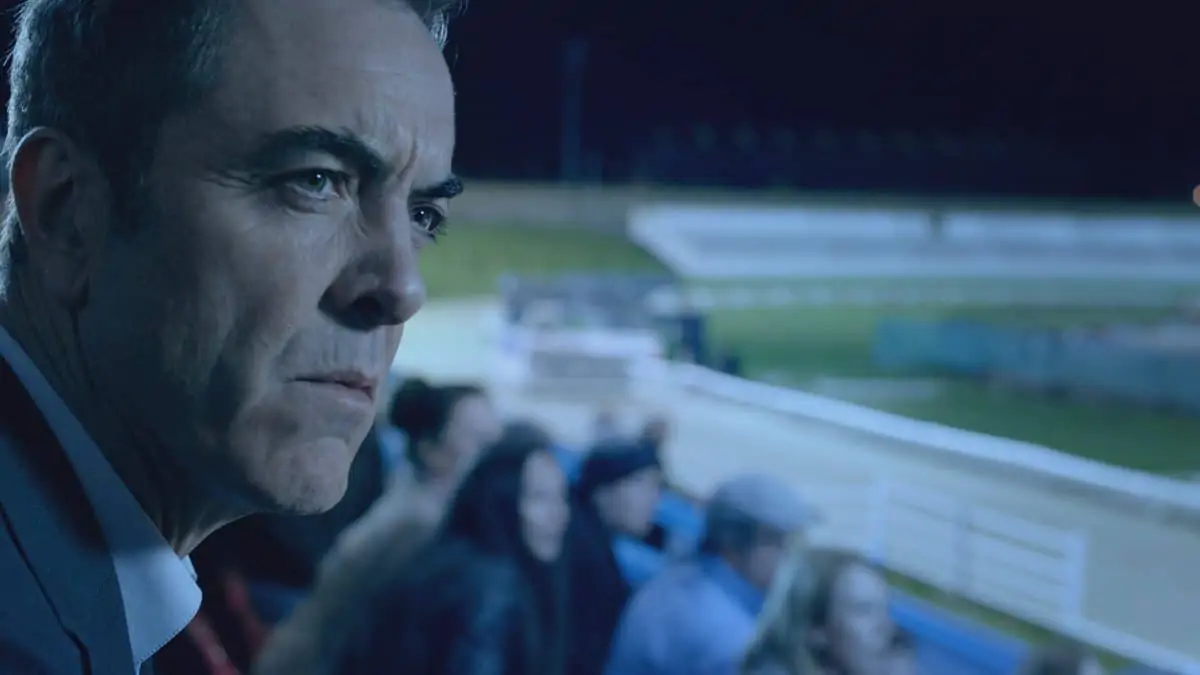
The Sony seemed to clip or cap the highlights, whilst allowing the context of the light to be visible. Rather than rows of pin lights in the darkness, we could see the surfaces illuminated by these lights: the building, skyline and the water all came alive. It gave an almost perpetual dusk feel, all night.
Such is the speed that new technology is taken up, the Sony A7s and A7sII are now being used on many other productions. Although it enable amazing night photography there is also the problem of there being too much light. In a city, light pollution can affect some scenarios: it becomes a problem trying to shoot a dark street and a brightly lit shop; the shop is completely blown out.
On The Thames, it worked well as there is a lot of inherent contrast: the smaller lights in the distance blow out while the darker reflections of the water are much brighter, and so the natural contrast of The Thames creates a fabulous look. The sky lights up so much at night it would be great to try and create permanent twilight with this camera which would look surreal with all the stars popping through the blue sky. I’m sure someone is already doing this.







